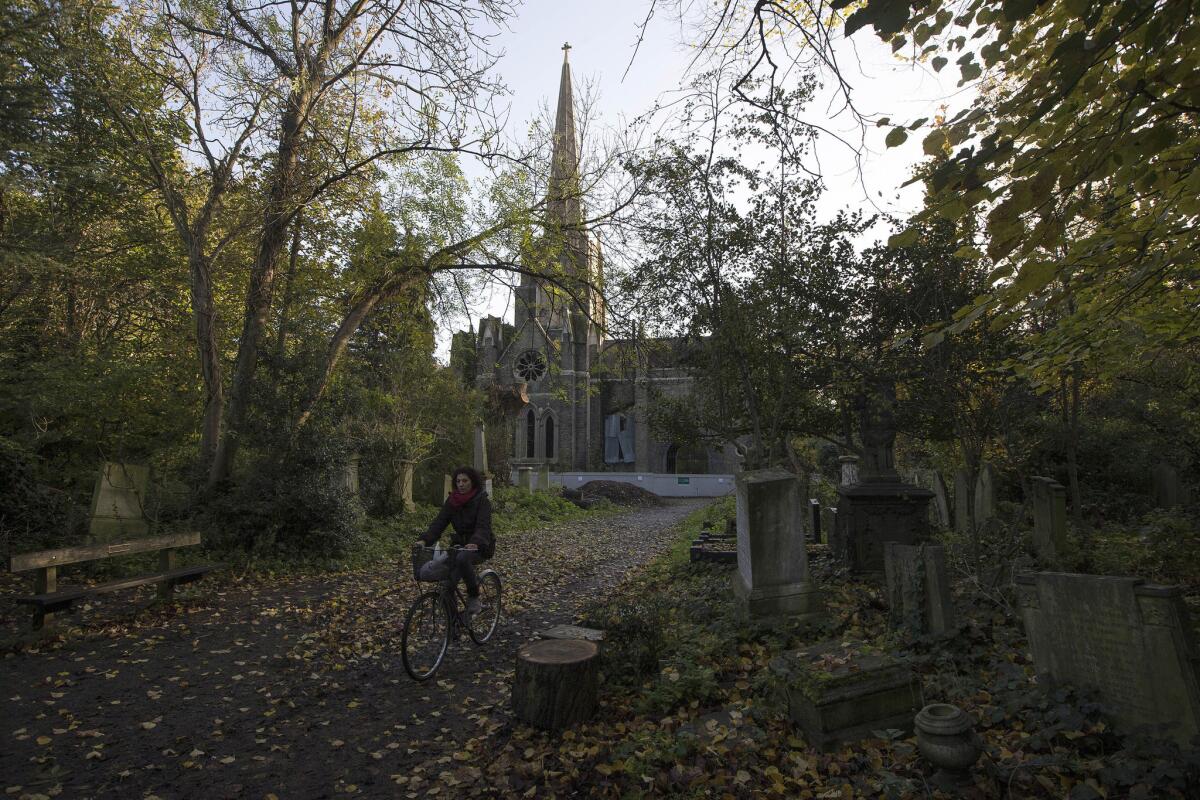James Wood on life and death as narrative

In the New Yorker this week, James Wood has a fascinating essay on the narrative implications of death. Inspired by the experience of attending a memorial service for a friend’s younger brother, who died at 44 “suddenly, in the middle of things, leaving behind a wife and two young daughters,” it is a meditation on evanescence, serendipity and the way death offers a shape, a closure that life, with all its ongoing and overlapping turmoils, cannot.
Of course, this is, or can be, a mixed blessing. “The curious advantage of being able to survey the span of someone else’s life, from start to finish, can seem peremptory, high-handed, forward,” Wood writes. “… We are uneasy with such omniscience. We do not possess it in regard to our own lives. But if this ability to see the whole of a life is God-like, it also augurs a revolt against God; once a life is contained, made final, as if flattened within the pages of a diary, it becomes a smaller, contracted thing.”
What Wood is saying is that death reduces everything — not just to a level of forgetting (or, even worse, of having been forgotten), but to a fixedness that is the antithesis of life. This is where literature comes in. “Fiction,” he observes, “doesn’t merely replicate the license you have, within your head, to think what you like. … To witness that freedom in someone else is to have a companion. To be taken into the confidence of otherness.”
Fiction, in other words, is a source of communion, a means by which we feel less alone. That this is, in its way, a dodge, a contrivance — like death, it fixes its characters in an illusion of living, their fates encoded in the very pages we hold in our hands — in no way makes it any less necessary or profound.
Where does death leaves us, after all, but face-to-face with meaninglessness? “Why do people die?” Wood asks. “Since people die, why do they live? Why are we here? What is it all for? Maurice Blanchot puts it well in one of his essays: ‘Each person dies, but everyone is alive, and that really also means everyone is dead.’”
At the same time, fiction also offers a redemption life cannot. “Characters do not stay dead,” Wood notes; “they come back to us the second or third time we read their story. … One of the ‘shortcomings of history’ is that real people die. But fiction gives us allowable resurrections, repeated secular returns.”
As it happens, I lost a friend this fall, someone who died if not suddenly then, like Wood’s friend’s brother, much too early, “in the middle of things.” Her life now also appears to have a shape, a movement, that did not seem so apparent when she was here.
And yet, rather than diminish her, I want to argue, this serves as an enlargement, even (or especially) if we are all destined to disappear. My friend’s life may have been foreshortened but it was also beautiful, and I think about her all the time. That, too, represents an allowable resurrection, a way in which she has not been made small or contracted but remains present in a vivid way.
The difference is that she is no longer the agent of her existence; she needs to be remembered, to be written, to be read. If it is death, as Wood suggests (citing Walter Benjamin), that “makes a story transmissible,” then it is story by which we create meaning — and in so doing, both imitate, and revolt against, God.
ALSO:
Flannery O’Connor and the art of prayer
Nikki Giovanni mixes it up in ‘Chasing Utopia’
More to Read
Sign up for our Book Club newsletter
Get the latest news, events and more from the Los Angeles Times Book Club, and help us get L.A. reading and talking.
You may occasionally receive promotional content from the Los Angeles Times.







